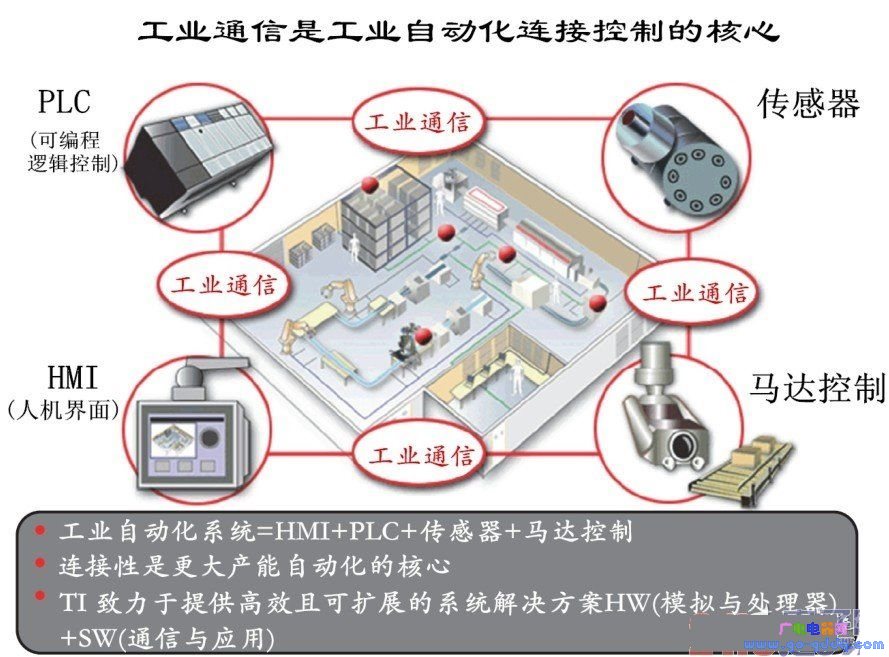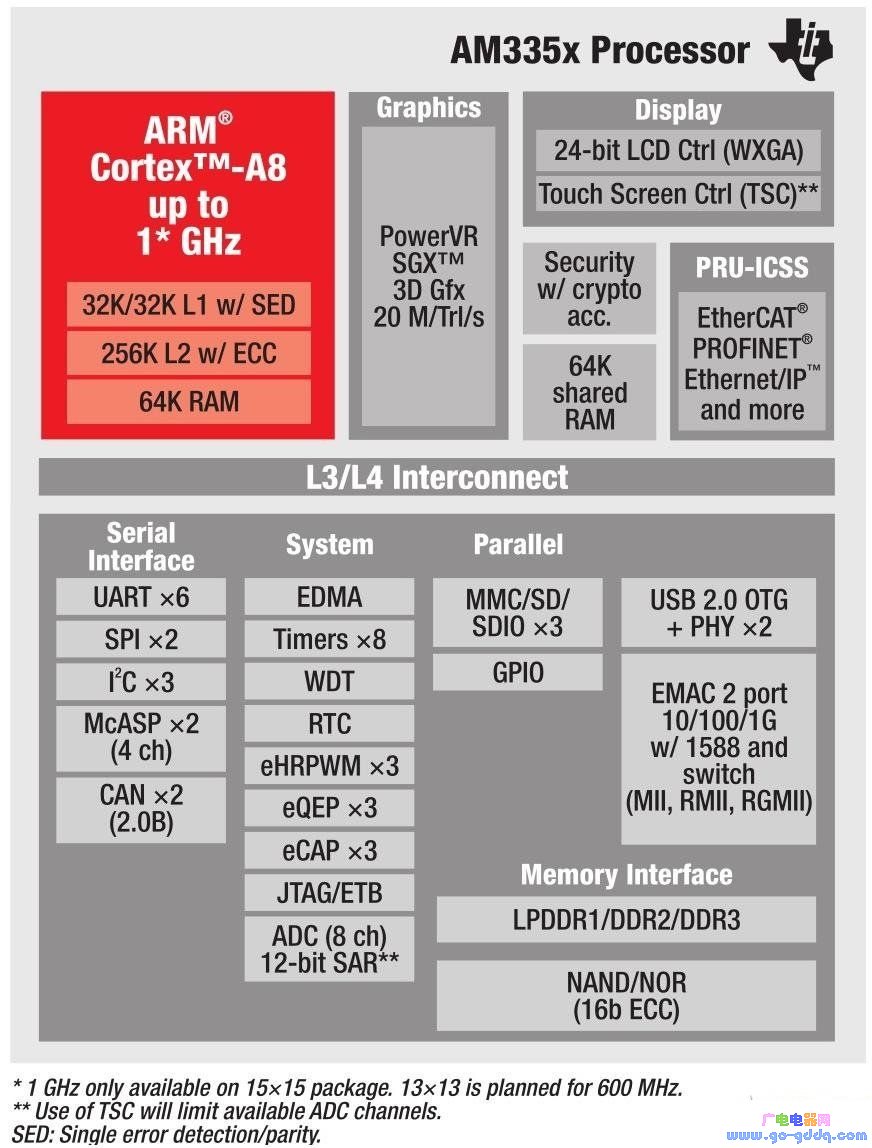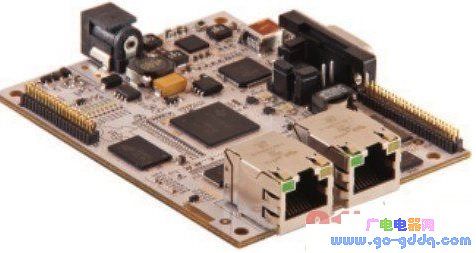Summary
In today’s fast-paced global market, efficient industrial production heavily relies on the speed, accuracy, and reliability of automation systems. Even in regions with low labor costs, manufacturers are continuously striving to enhance their automation precision, knowing that falling behind could jeopardize their position in the global economy.
The backbone of modern industrial automation lies in advanced smart sensors that keep production lines running smoothly. These sensors connect to high-performance programmable logic controllers (PLCs) and human-machine interfaces (HMIs) through low-latency, real-time networks. Time is a critical factor for manufacturers, as efficient production lines must operate at maximum speed while maintaining product quality. High-speed, reliable sensors monitor various aspects of the production line in milliseconds or even faster. The network then transmits this data with minimal delay to ensure uninterrupted operations.
To achieve this, a wide range of industrial communication protocols is required, such as PROFIBUS/PROFINET, Ethernet/IP, EtherCAT, POWERLINK, and SERCOS III. Additionally, PLCs must respond in real time; otherwise, productivity and profits can be negatively impacted (see Figure 1 below).

Figure 1: HMI + PLC + Sensor + Motor Controlled Industrial Automation System
Industrial Automation Introduction
A typical industrial automation system consists of four main components: sensors, HMIs, PLCs, and motor drivers. These elements communicate through high-speed, low-latency networks to ensure fast responses and precise control over production processes.
Sensors
Modern factory automation systems increasingly rely on smart sensors to gather and transmit data. Unlike older models that only monitored and measured, today’s sensors are capable of real-time analysis, making them more effective in evaluating the conditions they measure. These sensors can detect temperature, motion, optical objects, position, weight, acceleration, chemical composition, gas, pressure, liquid flow, and more.
Human-Machine Interface (HMI)
An HMI is a unit that communicates with a controller. Most industrial HMIs now feature intuitive graphical displays, such as touchscreens, making them easy to use and learn.
Programmable Logic Controller (PLC)
PLCs are microcontroller-based systems that receive input from sensors and operators across the plant. Based on this information, they initiate actions to control the production line effectively.
Motor Driver
The motor driver is the component that actually executes the commands issued by the PLC. For example, in an automotive assembly plant, a sensor might inform the PLC about the car body's position, prompting the PLC to send instructions to the motor driver to control the robot arm for spot welding.
These four components work together through high-speed, low-latency networks, ensuring that the system operates efficiently and precisely. Today’s industrial automation systems are real-time, high-precision systems designed to control fast-moving production processes.
Future Challenges
While many challenges have been overcome, industrial automation continues to face new ones. Control systems must improve their real-time responsiveness, reliability, accuracy, and maturity. Networking technologies play a key role in meeting these demands.
The industrial automation market includes over 120 serial communication standards and 25 Ethernet-based protocols. While there are many solutions available, the diversity and complexity of deployment remain significant issues. Each protocol often has its own set of suppliers, leading to increased system complexity and cost when integrating components from multiple vendors.
Most industrial communication protocols use a master-slave architecture, where the master (typically a PLC) controls the slaves (such as sensors and motor drivers). This setup places a heavy burden on the slave devices, often requiring dedicated hardware like ASICs or FPGAs for protocol processing. As a result, system costs rise significantly due to the large number of slave devices compared to masters.
Texas Instruments (TI) is working to address these challenges by offering advanced technology that simplifies networking and improves efficiency. TI provides complete solutions for embedded processors, sensors, software building blocks, and tools tailored for industrial automation systems. These solutions are designed to be simple, cost-effective, and scalable, supporting both master and slave device requirements.
TI’s Sitara™ ARM®-based processors, such as the AM18x ARM9™ and the latest AM335x ARM Cortex™-A8 SoC, integrate multiple processing cores, real-time communication accelerators, and advanced operating systems. These features help meet the growing demands of industrial automation applications.

Figure 2: Sitara ARM AM335x Processor Structure
The AM335x SoC supports multi-protocol communication, eliminating the need for dedicated ASICs or FPGAs. This reduces the bill of materials for slave devices by up to 40%. Its built-in support for popular protocols like PROFIBUS and EtherCAT simplifies the networking process for devices using the AM335x.
One of the key features of the AM335x is the Programmable Real-Time Unit-based Industrial Communication Subsystem (PRU-ICSS). This subsystem enables on-chip multi-protocol processing and ensures low-latency communication between master and slave devices. With two 32-bit RISC cores running at 200 MHz, the PRU-ICSS offers high throughput and precise timing, making it ideal for real-time communication in industrial automation systems.

Figure 3: PRU-ICSS Structure Diagram
The AM335x is a versatile SoC that supports most functions in industrial automation networks. It also includes graphics capabilities suitable for HMIs and supports advanced operating systems like Linux, Windows Embedded CE, and Android. Developers can choose from a variety of real-time operating systems (RTOS), including TI’s SYS/BIOSTM, for efficient sensor and motor driver solutions without the overhead of a full HLOS.
Reliability and longevity are essential in industrial environments. The AM335x is designed to operate in harsh conditions and has a long lifespan, with a wide operating temperature range and a guaranteed 10-year life cycle. This makes it a trusted choice for long-term automation projects.

Figure 4: Sitara AM335x Scalable Platform
Seizing Market Opportunities
Texas Instruments provides a comprehensive set of development tools to help automation vendors quickly implement advanced features in their systems. The Industrial Communication Engine (ICE) is one such tool, offering a cost-effective platform for developing and testing slave communication functions. It supports popular protocols like PROFIBUS/PROFINET, Ethernet/IP, and EtherCAT, along with LED indicators for easy troubleshooting.
Developers can extend I/O capabilities using SPI communication and PWM signals. The module boots from external flash memory and supports various storage options. ICE’s software environment includes TI’s SYS/BIOS OS, Code Composer Studio™, and StarterWare, providing a familiar development experience for microcontroller developers.

Figure 5: Sitara ICE
A Highly Competitive Future
As manufacturing becomes more competitive, industrial automation systems continue to evolve to meet higher demands for speed, accuracy, and reliability. More manufacturers are turning to automation to increase efficiency and reduce costs, aiming to gain a larger market share. Integration with business systems like supply chain and demand monitoring is also becoming essential.
With advanced technologies like TI’s AM335x SoC, supported by a wide range of analog products and tools like the ICE platform, industrial automation vendors can meet the evolving needs of the market. These solutions provide the flexibility and performance necessary to stay ahead in a rapidly changing industry.
Electret Microphone,Electret Microphone for telephpne,round headset Electret Microphone
Gaoyou Huasheng Electronics Co., Ltd. , https://www.yzelechs.com
